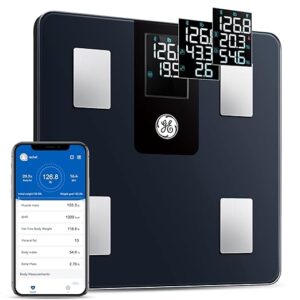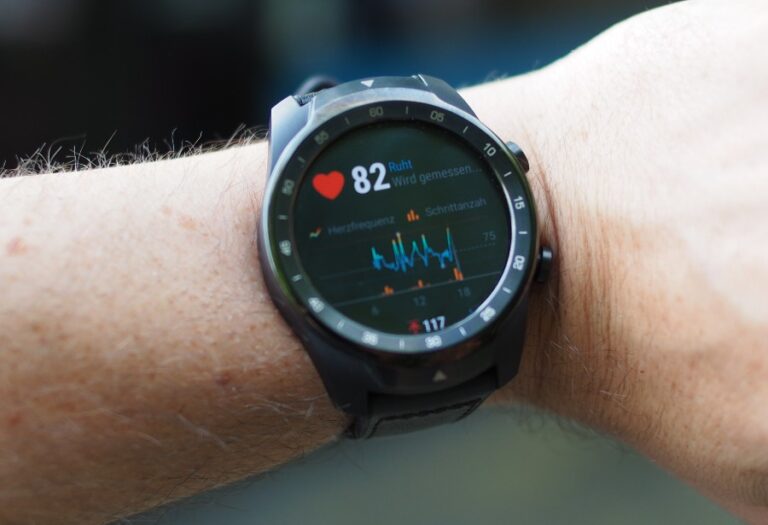Weighing In
Precise and Accurate Bathroom Scales for Home Weighing
Obesity is loosely defined as accumulation of fat in body storage areas to a point where the amount stored exceeds the amount required for normal body function.
 Smart Scale for Body Weight and Fat Percentage |
Obesity Risks
Obesity increases the risk of morbidity from many disorders, including hypertension, dyslipidemia, type 2 diabetes, coronary heart disease, stroke, gallbladder disease, osteoarthritis, sleep apnea and respiratory problems, and endometrial, breast, prostate and colon cancers. The obvious manifestation of obesity is a visual appearance of increased body weight, and the usual complaint is of a cosmetic nature. This increased body weight may or may not be increased fatty tissue. Note that increased muscle mass does not necessarily indicate obesity, and that ideal body weight does not necessarily indicate a healthy composition of muscle, fat, water and bone.
Several different methods have been used to quantify obesity. In fact, methods to determine body fat are merely just estimations, not measurements, as they do not measure body fat directly. Body fat determinations that indicate the composition of fat, water, bone and muscle include skinfold calipers, bioelectrical impedance, and near-infrared resistance. Weighing scales do not determine body fat, but do provide another economical means of monitoring body weight. These measurements, also, are estimations, and may fluctuate on a daily basis.

The gold standard of underwater weight after exhalation to determine body fat (used in research) is not achievable, so most people who want to monitor their weight on a regular basis will use more economical means. Self-weight monitoring should follow some general guidelines, including watching for behavior that leads to eating disorders.
Whatever measurement is used, several readings should be used to monitor changes. Little credence should be given to single readings, or readings that fluctuate widely in a single day. As well, the same method or scale should be used each time.
Types of Weighing Sclaes
There are two predominant types of weighing scales: mechanical (the previous standard) and electronic (strain gauge). A third type is the digital display scale. Mechanical weighing scales convert the downward pressure applied to a platform into a reading on a circular dial.

Like many other medical devices, relatively inexpensive electronic units have mostly replaced these units, with the indicator dial visible through an opening in the platform. Most electronic scales provide a repeatable reading within 1% of the true weight, and the electronic display eliminates consumer subjectivity in interpreting the readings. Newer units also incorporate an auto zero feature, eliminating the need to zero the scale between readings.
 |
|
Getting Started At Controlling Your Weight Controlling Your Weight A Step Toward A Healthier Life Definition of Weighty Terms Know Your Weight Staying Fit |









I have been using an old doctors scale with a sliding weight on a bar. Are these scales accurate?
A physician beam scale is durable, reliable and strong. These mechanical scales are most often used in doctors offices, hospitals and clinics, due to the accuracy and reliability of a classic professional scale. They do need to be calibrated occasionally.